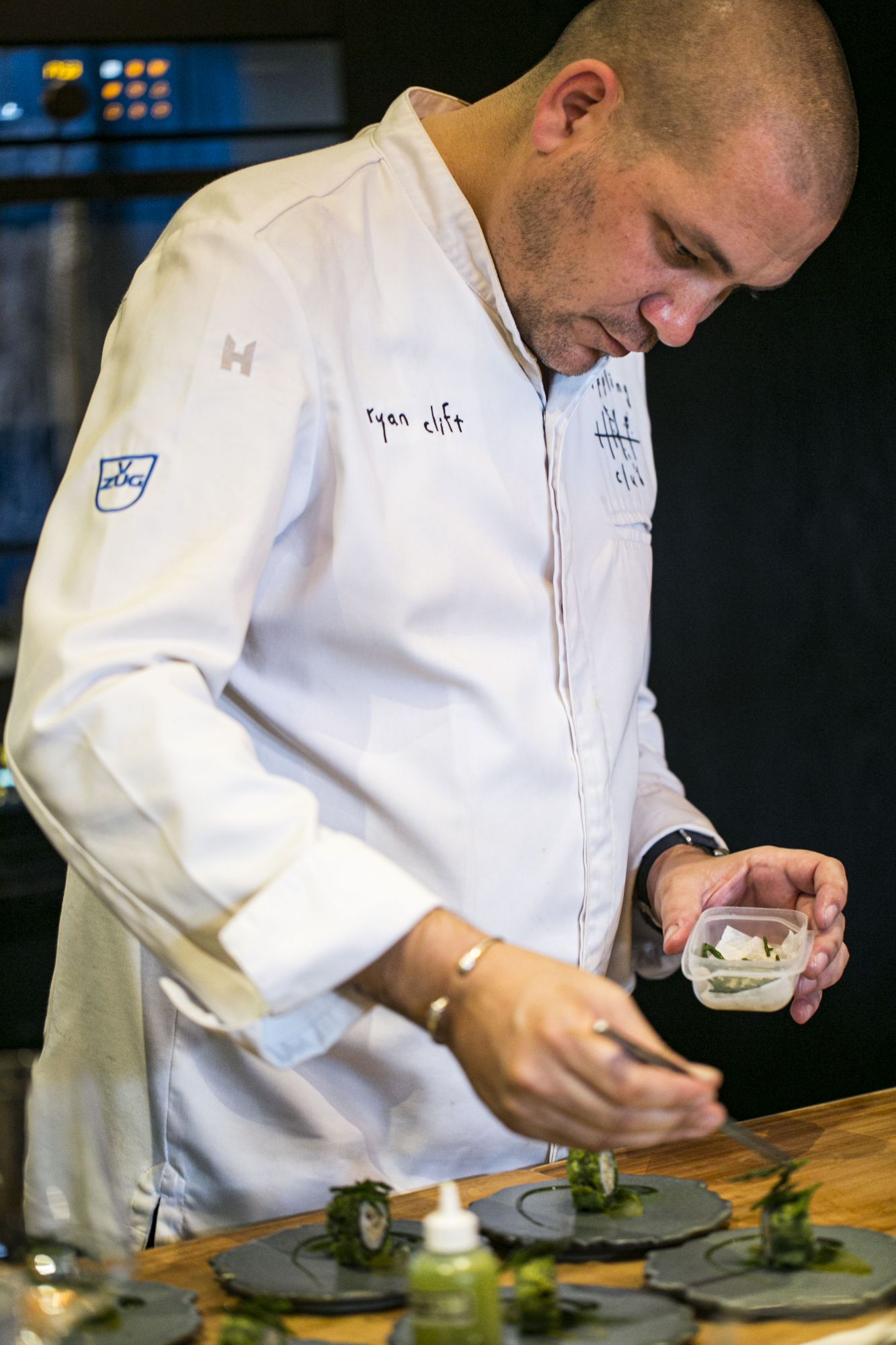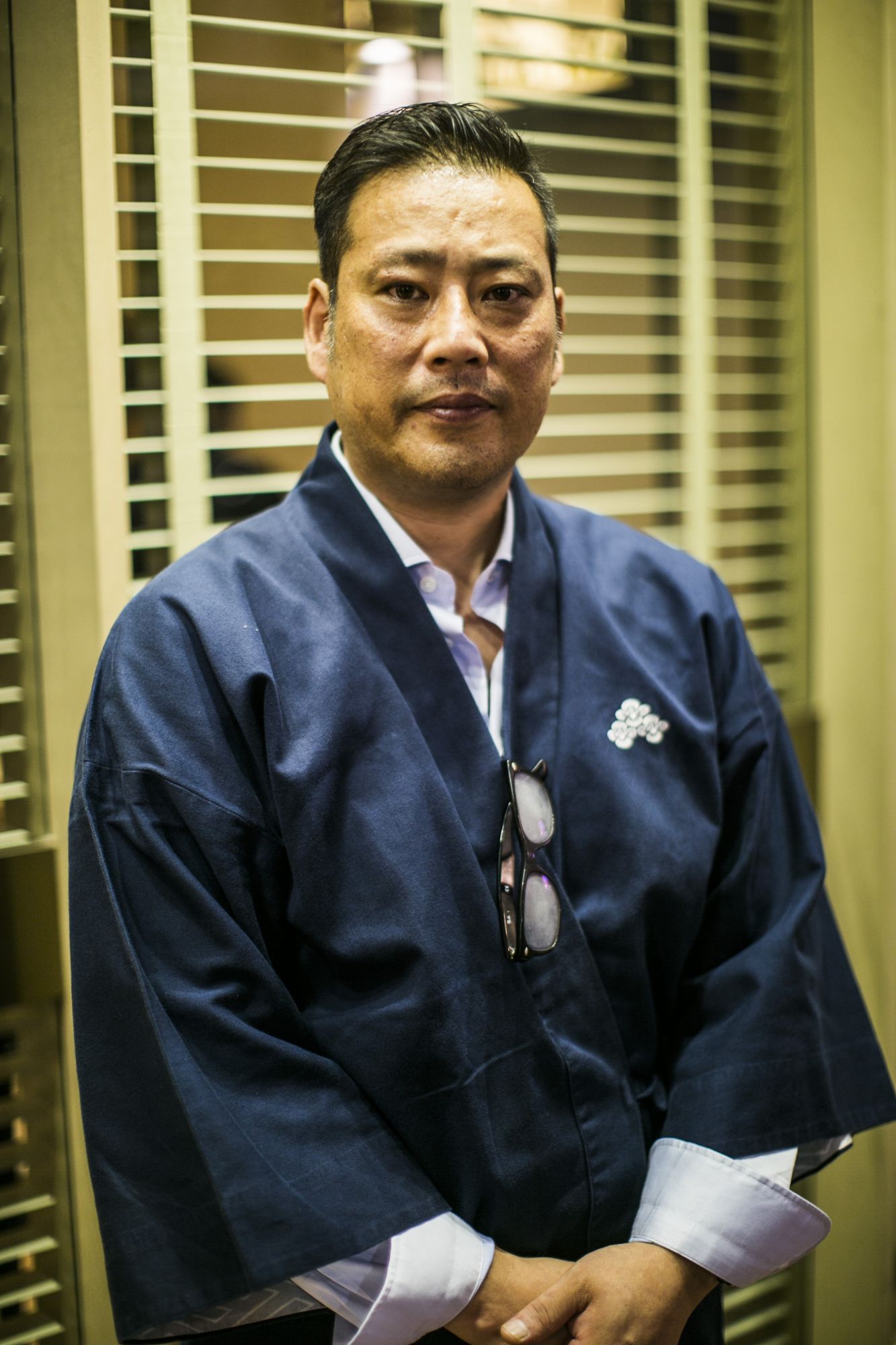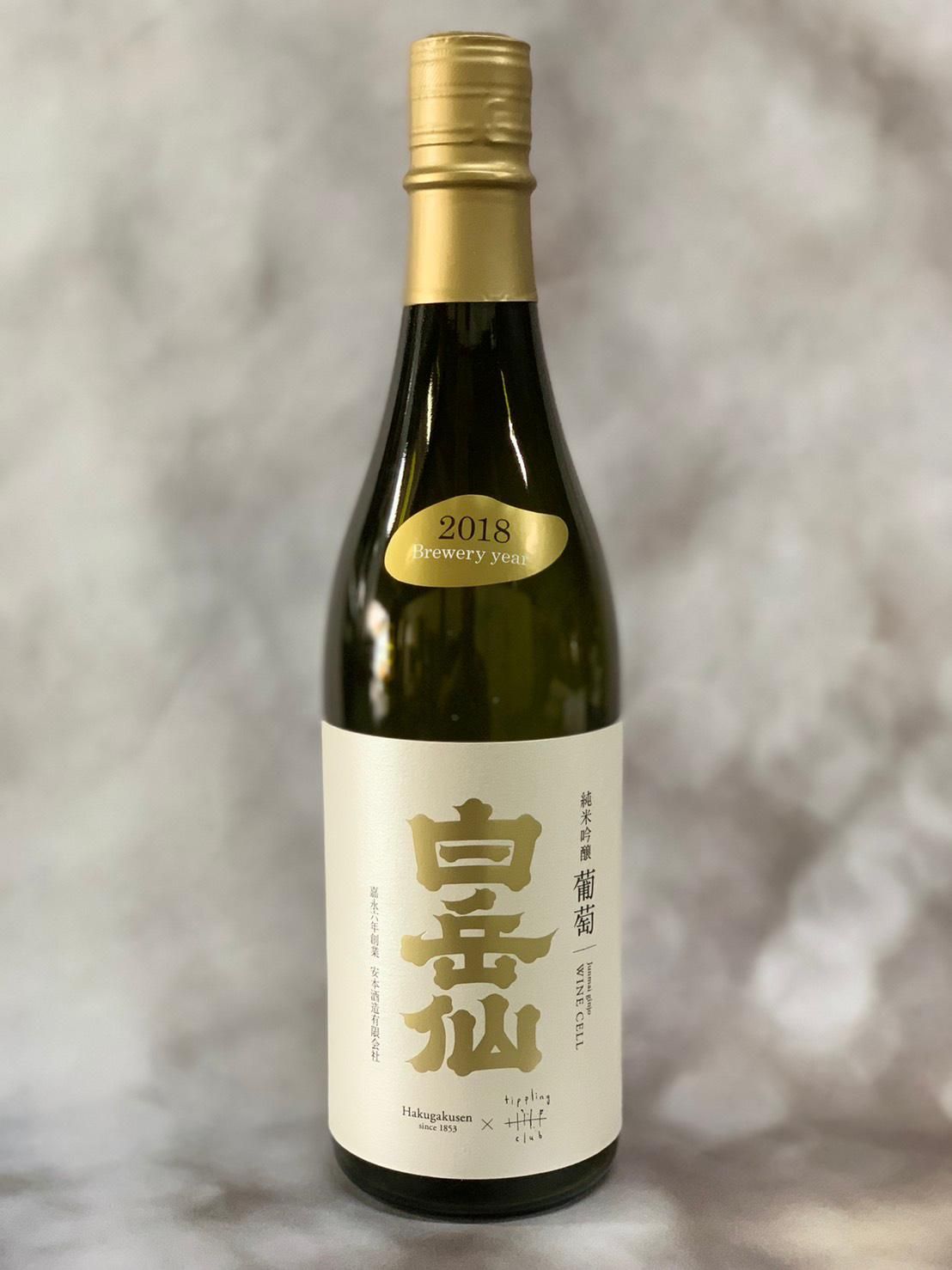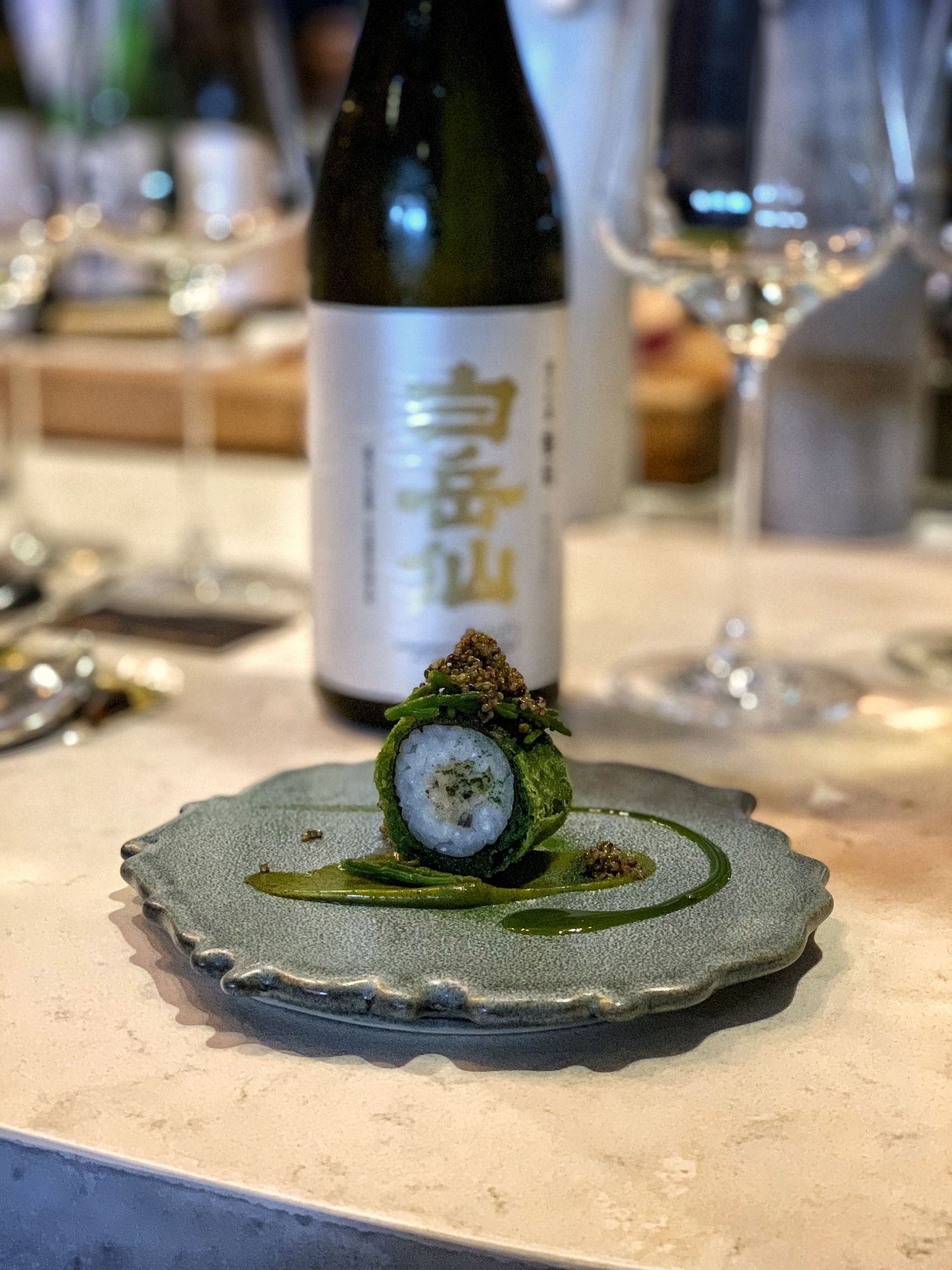A first-of-its-kind collaboration with the Hakugakusen brand, this unique sake is brewed using wine yeast to offer qualities not traditionally associated with the popular beverage
Whether it’s in designing some of the most creative cocktails to have on their own or with dinner, or producing their own limited-edition Sons of Tippling gin, lauded restaurant and bar Tippling Club has always been invested in serving the right tipple. Even before the cocktail appetiser became a trendy novelty, the restaurant’s cleverly tailored drinks menu has been an integral part of its inimitable take on modern gastronomy, led by its famously forward-thinking chef-owner Ryan Clift.
Clift’s latest collaboration is no less provocative, a special bottling of Junmai Ginjo Hakugakusen Wine Cell sake, which is also a fitting nod to his soon-to-open six-seater Japanese-inspired restaurant concept called Mahoroba (which means “dreamland” in ancient Japanese), located above the current restaurant. It’s slated to open before the end of the year.
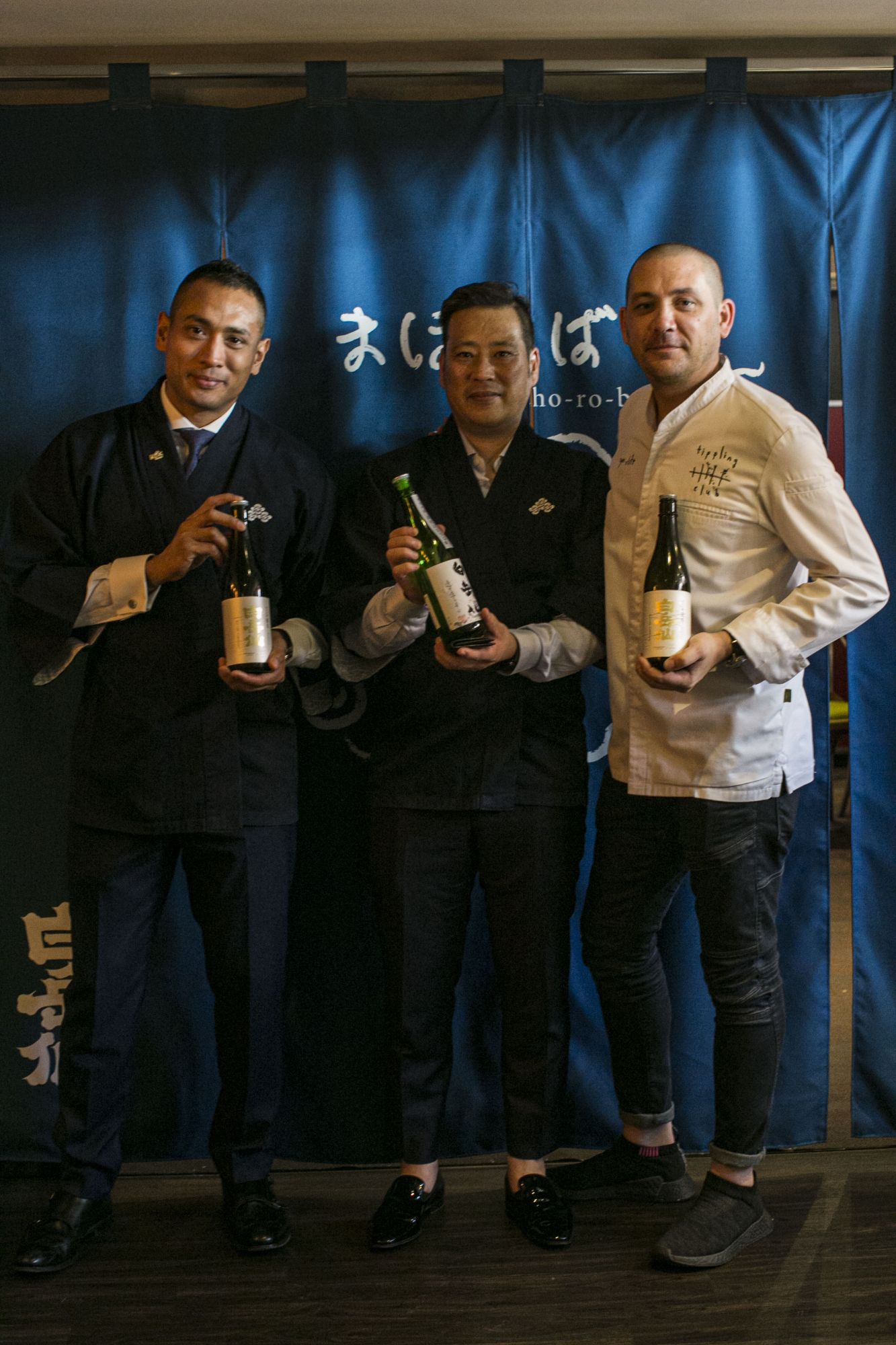
Imported by specialist distributors Mead Asia, the Tippling Sake also represents an opportunity Clift feels especially honoured to have. The sake is in itself a rare variety made using wine yeast by one of the oldest yet most innovative brewers.
Led by Takeshi Yasumoto, the 47th generation sake brewer of the family-owned Yasumoto Sake Brewery in Fukui, Japan, that was founded in 1853 and which is also behind the Hakugakusen brand, the brewery is operated by only four people—Yasumoto, who is also chief brewer, and three staff.
“Again, this is not something you can just go and do—you have to be invited,” Clift tells us at a recent tasting of the sake. “And the fact that it is Yasumoto’s first collaboration with a restaurant, it’s a big deal.
“His (brewery) is a few hundred years old … and I’m grateful to Yasumoto for allowing me to do this with him.”

